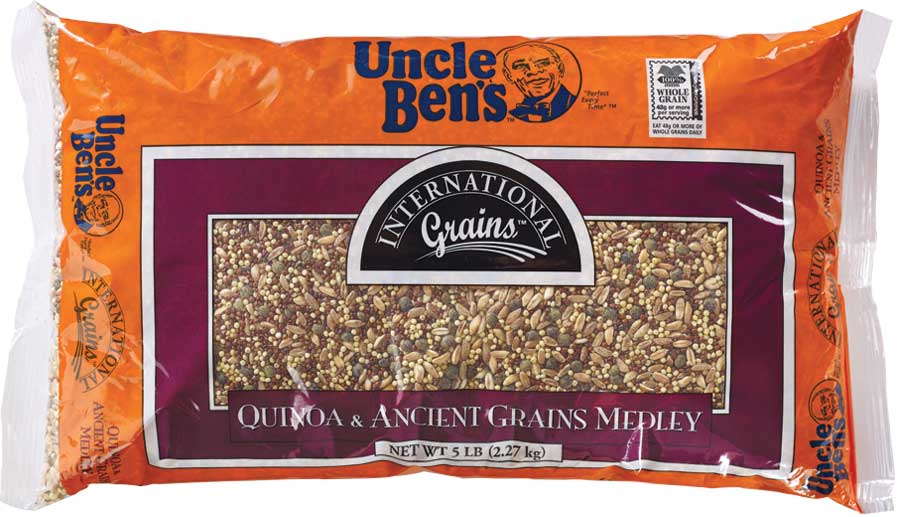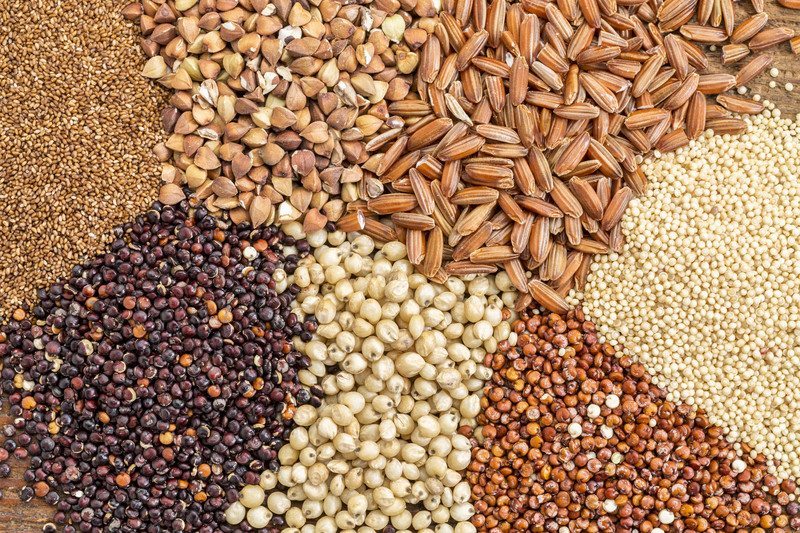When it comes to grain products, chances are you would have heard of the term 'ancient grains'.
Clearly these refer to grains that are old, but what sort of old exactly?
In the general sense of the word, all whole grains are ancient. Their roots can be traced back to the beginnings of time.
It refers to a a specific class of grains and pseudocereals that are largely unchanged over the last several hundred years. Unlike more popular cereals such as corn, rice and modern varieties of wheat which is the result of selective breeding, ancient grains are said to be more nutritious.
Ancient grains thrive with lower levels of pestcides, fertilizers, and irrigation. In ancient times, they were the daily staple of past civilizations. And nowadays, they are a hot nutrition trend that are slowly making its mark as a staple of the modern world.
With our ever-changing western palate, ancient grains came into prominence as food importers scour the globe for new foods,
If you recall, there was a time when quinoa suddenly exploded in popularity. It is an ancient grain that became popular as a gluten-free substitute and is more accurately a seed that contains all essential amino acids, making it a complete protein.

Ancient grains include varieties of wheat such as spelt, Kamut, freekeh, bulgur, farro, einkorn and emmer. Grains which have been largely ignored by the Western world such as millet, barley, teff, sorghum and pseudocereals such as amaranth are ancient grains as well.
However, the exoticity of ancient grains makes it somewhat expensive for consumption. More common grains such as brown rice, whole grain pasta, oatmeal, popcorn, and whole wheat bread also offer the same whole grain goodness at lower price points.
Ancient grains are all whole grains and thus have similar health properties to the latter.



